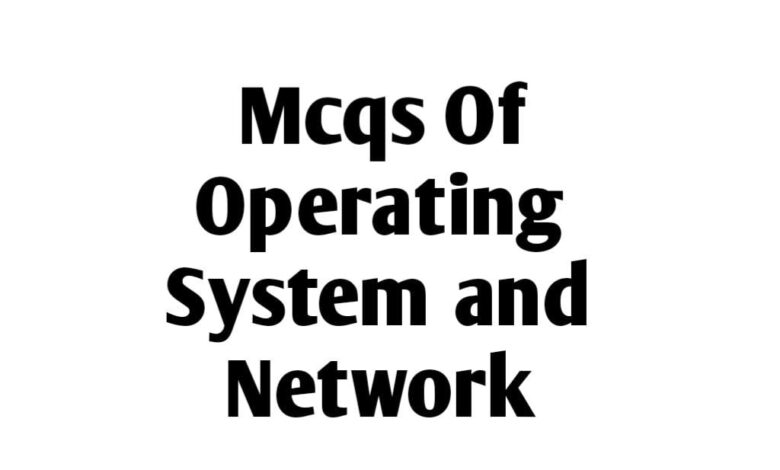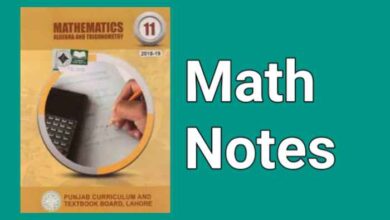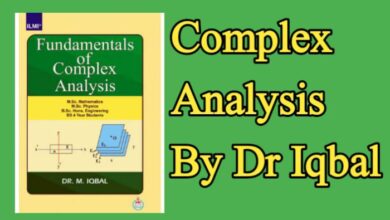
Mcqs Of Operating System and Network | Operating System And Network Mcqs
1. A ________ (or anexception)is a software-generated interrupt caused either by an error (division by zero or invalid memory access) or by a user request for an operating system service.
a. Interrupt
b. Trap
c. Signal
d. Process
2. Which register holds the smallest legal physical memory address for a process?
a. Base register
b. Limit register
c. Status register
d. None
3. The process of switching from one process to another is called —————–
a. context switching
b. scheduling
c. quantum period
d. latency
4. Addresses generated relativeto part of program, not to start of physical memory are
a. Virtual
b. Physical
c. Relocatable
d. Symbolic
5. Object files and libraries are combined by a ————- program to produce the executable binary
a. Compiler
b. Linker
c. Text editor
d. Loader
6. Physical memory is broken down into fixed-sized blocks, called———– and Logical
memory is divided into blocks of the same size, called ———-
a. Frames, pages
b. Pages, Frames
c. Frames, holes
d. Holes, segments
7. A page table needed for keeping track of pages of the page table is called ————–
a. 2-level paging
b. Page directory
c. Page size
d. Page table size
8. The address generated by the CPU, after any indexing or other addressing-mode arithmetic, is
called a ——–address,and the address it gets translated to by the MMU is called a ———address
a. Virtual, physical
b. Hexadecimal, Binary
c. Valid, invalid
d. Physical, Virtual
9. When a _____link is created, a directory entry for the existing file is created
a. Soft
b. Hard
c. Soft or Hardd.
d.None of the given options
10. __________ integer shows the highest priority of a process in CPU scheduling
a. small
b. Large
11. Batch programs are usually __________ programs.
a. Interactive
b. Non-interactive
c. Fore ground
d. Preemptive
12. ___________ is used in real time operating systems.
a. Non-preemptive scheduling
b. Preemptive scheduling
c. Dispatching scheduling
d. FCFS scheduling
13. The procedure “The time at which the process finished working MINUS the arrival time of
the process MINUS CPU burst for that process” will help calculate the _________.
a. Non-preemptive Shortest Job First scheduling
b. Preemptive Shortest Job First scheduling.
c. FCFS
d. RR Scheduling
14. The priorities of processes in the __________ group remain fixed.
a. Kernel
b. User
15. _____________ is a preemptive scheduling algorithm.
a. First Come First Serve
b. Shortest Job First
c. Round Robin
d. None of these
16. _______________ scheduling algorithm can be preemptive or non-preemptive.
a. First Come First Serve
b. Shortest Job Firstc. Round Robin
d. Priority
17. Cooperating processes never share any data, code, memory or state.
a. True
b. False
18. Taking the CPU from one process and giving the CPU to another process is termed as
a. Context switching
b. Dispatching
c. Swapping
d. Tracking
19. All Threads within a process share the _________ address space.
a. Same
b. Different
20. The scheduling of _____________ are done by the operating system.
a. Kernel threads
b. User level threads
c. Both Kernel and User Level thread
d. None of the give option





